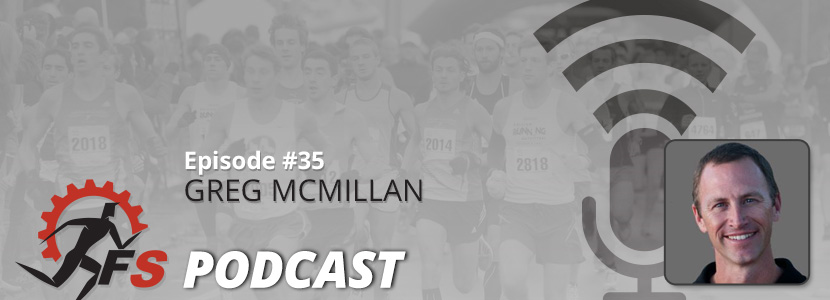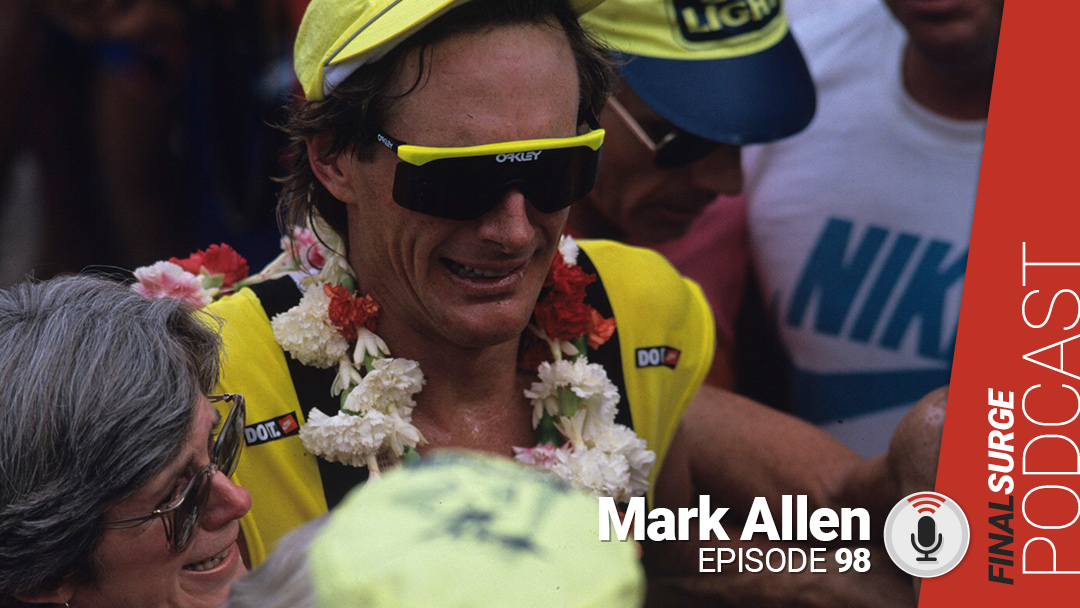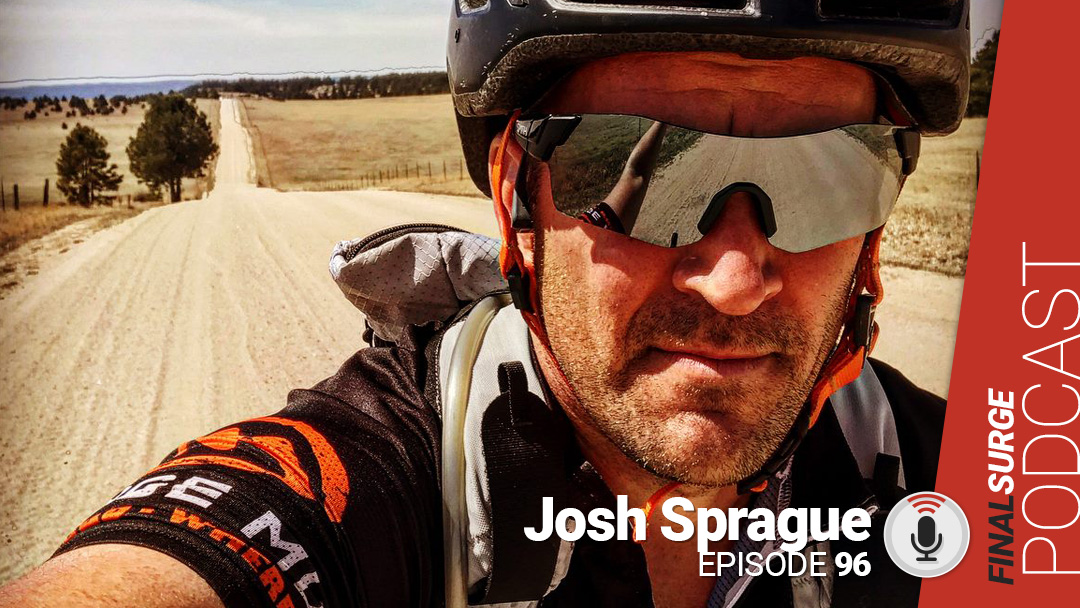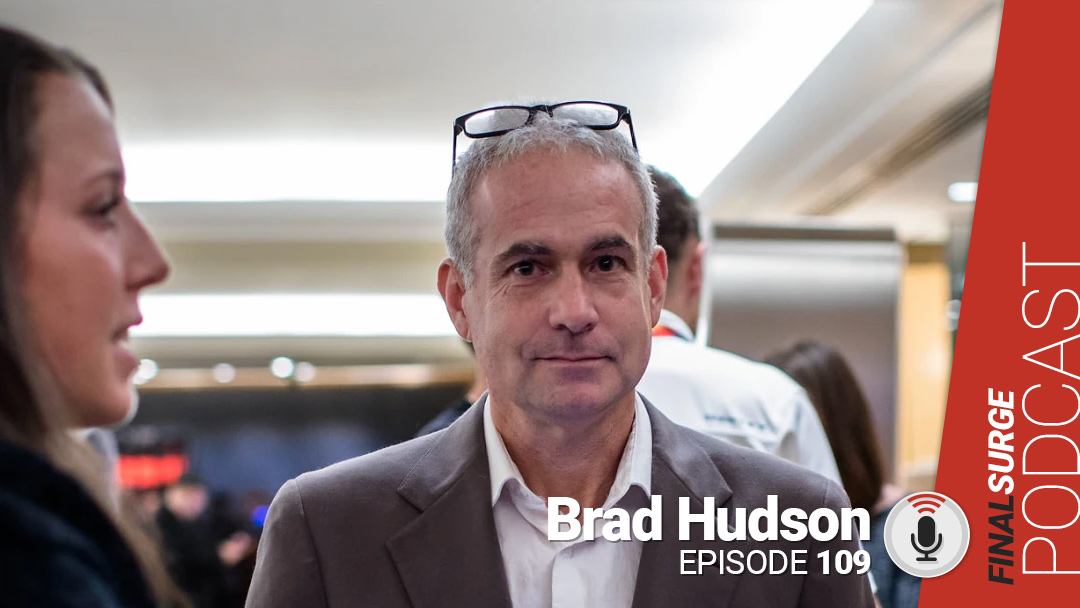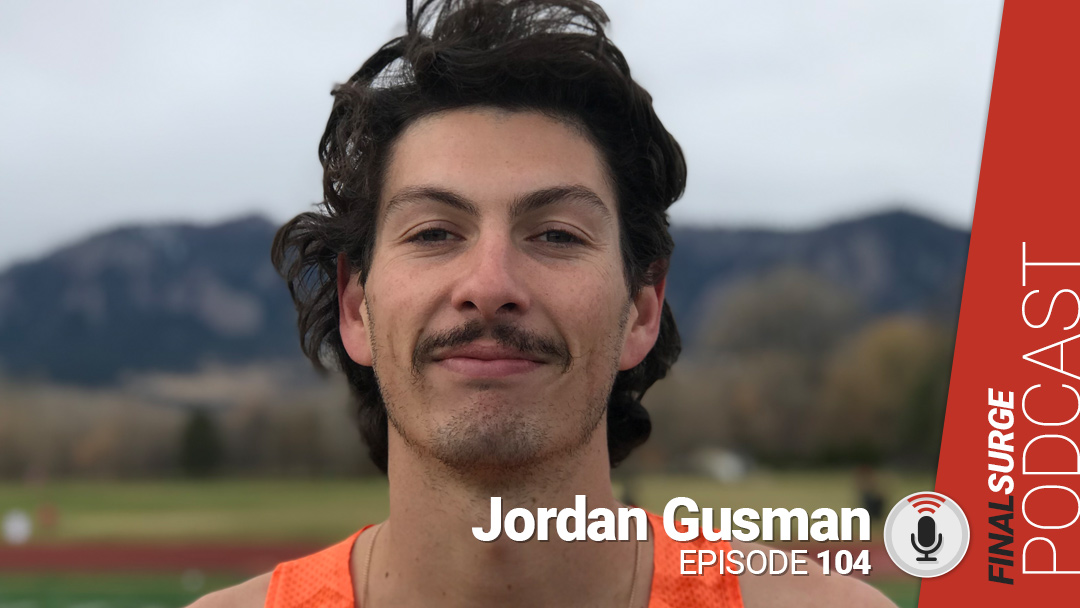Welcome to Episode 35 of the Final Surge podcast with our guest Coach Greg McMillan. If you get any tidbits or learn anything useful from this podcast, please head over to iTunes and share a review. Today we are going to discuss How Greg got involved in coaching, we will break down his world famous running calculator app and answer some common questions that coaches and athletes have about it. In addition, we will talk a lot about his training from 800m to the marathon. Greg’s calculator is now built into Final Surge as one of the calculator options, and when you match that with his training plans there are now over 100 McMillan Running customized plans available at Final Surge.
Listen to the podcast on iTunes or listen to it on Stitcher if you have an Android device.
Stream it right here:
How did you get started in running when you were younger?
Can you give us the history of how you got started in coaching?
You started with exercise science. There is the science of coaching and the art of coaching. What is something you learned early, maybe in a classroom, that didnÍt translate to real world coaching?
Who were your big coaching influences?
I believe you made a transition in the last few years away from coaching elite runners in person to more of an online model, is that correct?
You developed what may be the most widely used running calculator around. We recently added your running calculator into the Final Surge platform and started adding your training plans as an add-on. So letÍs start talking about your calculator and your plans.
When looking at your plans you ask if a runner is Level 1, 2, 3 or Level 4. Can you describe the difference between the levels?
Another question you ask is if the athlete is an Endurance Monster, Speedster or Combo Runner. You go into great detail on this in your book You (Only Faster). But can you explain to someone who hasn’t read the book what the differences are between those three types?
One of the ways to figure out what type of runner you are is to use your running calculator. So If I understand it right, if someone runs a 5k of say 17 minutes and types it into your calculator, it says they should be able to run a 4:54 mile. Now if their mile time is 4:45 that would tend to show they are a Speedster if their aerobic training was in place, correct?
If that same athlete has recently run a 17 minute 5k it says their tempo runs should be run at 5:44-5:58 per mile. But, if you use their recent 4:45 mile it would give them a tempo pace of nearly ten seconds per mile faster. So which would you recommend they use, the faster time because they may be more of a Speedster or the 5k time because it is a longer event? Of course, this assumes both of those events were recent good races with true performance times.
In your mobile app you have 4 groups of workout paces. The first two are Endurance and Stamina. How do these two differ and what percentage of time do you think you should spend in each of these phases during a typical week or 12-week training cycle?
Now let’s jump into your plans and take a look at some examples. Based on the training plans, if someone is following a Level 4 training plan they obviously have a good solid base. What do you see as a typical base buildup looking like before someone jumps into a 12-week training plan?
In your 800m/1600m training plan for a Combo Runner you start out week one with an easy run on Monday, then Tuesday you go into an 800m cruise interval workout with 6-8 x 800m with a 200m recovery. Then the athlete will also run 3 x 200m with a 200m recovery. Can you talk about this workout and the goal of cruise intervals and what the pacing should be for the cruise interval and 200’s?
On Wednesday you do a 40-50 minute recovery run. Then on Thursday for a miler, you do 16 x 100m at goal race pace with 200m-400m recovery. You go right into goal pace work in week one, so this obviously assumes they are coming in with the proper base. How often do you do race pace work?
Friday and Saturday are both easy days and then Sunday is a long run up to 80 minutes. How long do you think 800m runners and milers should be working up to on their long runs and do you do them every week?
In the peak week (week #10) you start out with a recovery run on Monday and then on Tuesday you come back with 10-12 x 200m with a 200m-300m recovery jog to work on building sprint speed. What paces are these 200Ís at?
Wednesday is a recovery day. You give a wide range of 40-60 minutes. What advice would you tell your athletes on determining if they should go 40 or 60 minutes?
Thursday is a 20-30 minute warm-up run. Then they do 15-20 sets of 15-second strides with a one minute recovery jog followed by a 20-30 minute cool down. Are these strides at 5k pace, 3000m pace, or what are you using?
Many coaches I have talked to use strides at the end of their workout, but you are doing them in the middle. What is the reasoning for that?
Then on Friday and Saturday the plan calls for easy run days with a time trial on Sunday. How should an athlete run this time trial?
We have a lot of high school coaches who listen to this, and I would expect many listeners purchasing the 800m/Miler plans are likely high school and college coaches. Many high school athletes who are not at a national elite level may be racing once a week. So if a high school runner has a race on a Saturday, do you substitute one of your workouts during the week for the race or how are you changing the week?
You start out with an easy run for the first few days and then on day 4 you do a goal pace workout where you have them run 10-12 x 400m at goal race pace followed by a couple more easy days and your long run of 70-80 minutes. What some will notice is how similar this is to the 800m/Mile plan we talked about earlier. Many coaches today treat the 800m through the half marathon with similar training and just work around the edges with some pacing and volume changes. What do you see as the biggest differences between maybe a miler’s training and a 5k or 10k runner’s training?
There are a lot of similarities there, but then things really change when we reach the marathon. One of the big factors in the marathon of course is the “wall” and how to properly train the fueling systems. What does a runner who is making the move to the marathon really need to know about this jump and teaching their body to burn fat more efficiently along with glycogen?
When it comes to hip mobility, core strength and strength auxiliary work, what do you recommend and how often?
If someone wanted to reach out to you and find out more about your services how could they best get in touch?
Rapid Fire… 5 questions in under 1 minute
Favorite running book? – Once a Runner
Current trainers you are wearing? – New Balance 1080
Favorite race? – Mile or 5k
Favorite meal or recovery drink? – Cheeseburger, Fries and Beer
Your favorite workout – 10-12 x 400m
Resources
McMillan Training Plans on Final Surge
Team Final Surge


